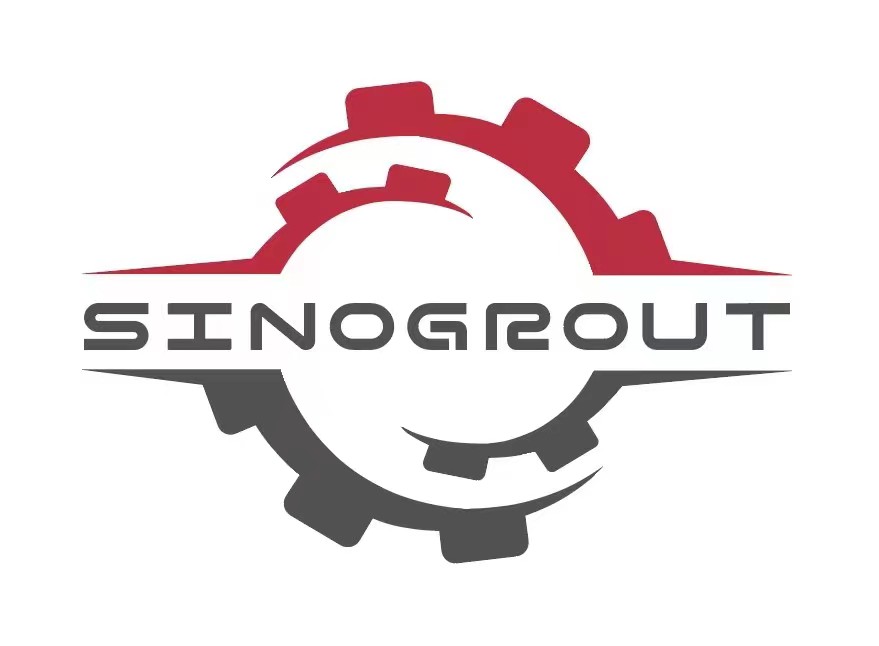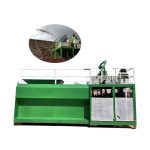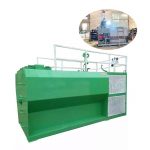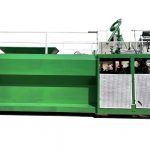Hydroseeding is a popular method of establishing a new lawn, using mainly hydroseeder machines. What is a hydroseeder? It has many advantages, including faster germination, better moisture retention, and better seedling protection. A good hydroseeder is an important factor in ensuring the success of hydroseeding with the benefits of a hydroseeder. However, proper care and maintenance is critical to ensure the success and long-term health of a hydroseeded lawn. This article provides a comprehensive guide on how to care for a hydroseeded lawn, covering key aspects of watering, mowing, fertilizing, weed control and general maintenance practices.
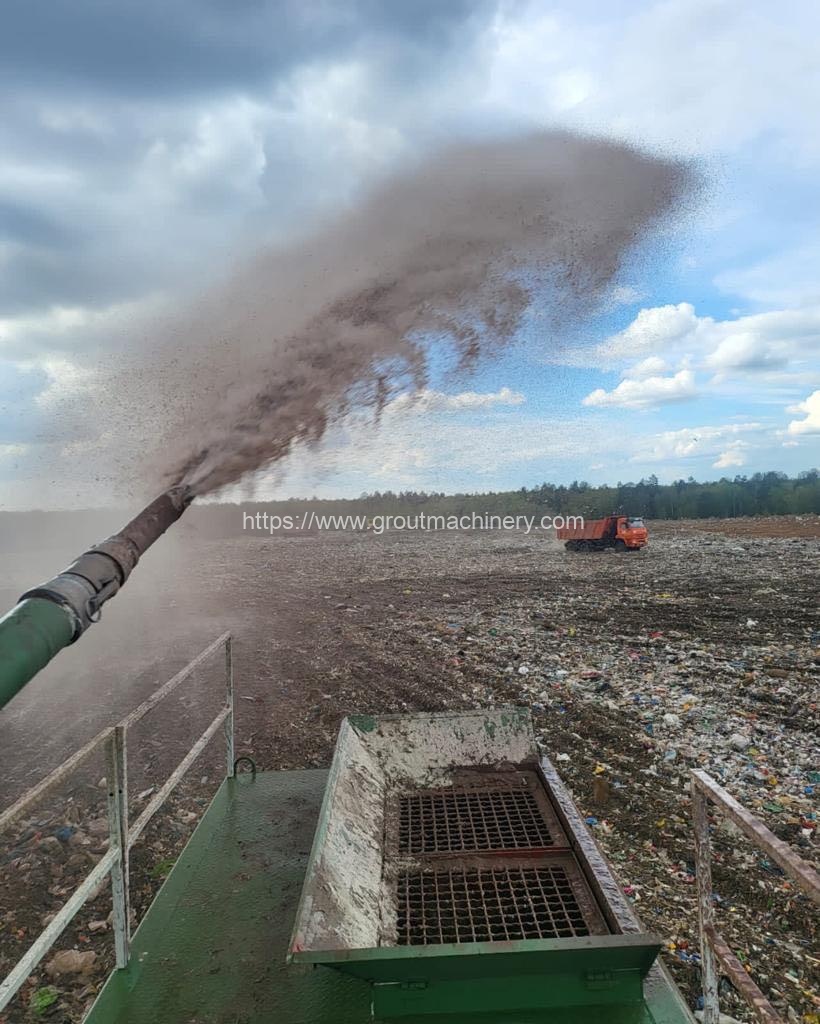
How to care for a hydroseeded lawn?
Watering
Proper watering is critical in the initial stages of hydroseeding a lawn to promote seed germination and establishment. Follow these guidelines for effective watering:
Frequent watering: Water hydroseeded lawns 2-3 times per day for the first two weeks to keep the topsoil moist. Use a gentle spray or misting setting to avoid washing away seed.
Best time of year to hydroseed
Taper: After the first two weeks, gradually reduce the frequency of watering. Water once a day for the next two weeks, then gradually transition to deep watering every 2-3 days. This will encourage the development of deep roots.
Deep Watering: When watering, aim for about 1 inch of water per week. Deep watering encourages root growth and helps establish a healthy and drought-resistant lawn.
Mowing
Proper mowing practices contribute to the overall health and appearance of your hydroponic lawn. Here are a few tips to consider when mowing:
Wait for seedlings to establish: Avoid mowing until the grass has reached 3-4 inches in height. This indicates that the grass is well established.
Set the mower at the correct height: Set the mower at a height of 2.5-3 inches. Keeping the grass at a slightly longer length promotes deeper root growth and helps shade the soil from weed growth.
Avoid cutting too much at one time: Do not cut more than one-third of the grass blade length at a time. Cutting too much can stress the lawn and hinder its growth.
Fertilization
Proper fertilization is essential to provide the necessary nutrients for a healthy and vibrant hydroponic lawn. Consider the following fertilization methods:
Follow a soil test: Perform a soil test to determine the nutrient level and pH of your lawn. Based on the results, choose the right fertilizer to meet your lawn’s specific needs.
Apply a balanced fertilizer: Use a slow-release, balanced fertilizer with a nitrogen, phosphorus and potassium (N-P-K) ratio appropriate for your type of grass. Apply the fertilizer according to the manufacturer’s instructions.
Timing of application: Apply fertilizer in early spring and fall to promote healthy growth. Avoid applying fertilizer during periods of drought or extreme heat as this may stress the grass.
Weed Control
Maintaining weed-free conditions is important for hydrilla to thrive. Please consider the following weed control methods:
Hand pulling: Inspect your lawn regularly and hand pull any visible weeds, especially in the early stages of growth.
Preemergence herbicides: Apply pre-emergence herbicides in early spring to prevent weed seeds from germinating. Carefully follow manufacturer’s instructions and ensure compatibility with hydroseeded grasses.
Spot Treatments: If weeds persist, spot treat with a selective herbicide. Apply them directly to the weeds according to the instructions provided.
General Maintenance
In addition to the specific care practices mentioned above, general maintenance plays an important role in ensuring the long-term health and beauty of your hydroponic lawn. Please consider the following maintenance practices:
Aeration: Perform annual core aeration to reduce soil compaction, improve air circulation and promote water and nutrient uptake.
Topdressing: Over time, certain areas of the lawn may become thinned out. To address this problem, overseed these areas with the grass seed mixture used in hydroseeding.
Soil testing and amendment: Conduct regular soil tests to monitor nutrient levels and pH. If necessary, amend the soil with lime or sulfur to maintain optimal pH for grass growth.
Pest and disease control: Keep an eye out for common lawn pests and diseases. Take appropriate measures, such as using insecticides or fungicides, if necessary. Cost per square foot of hydroseeding?
Caring for a hydroponic lawn requires consistent effort and attention to detail. By following the guidelines outlined in this article, including proper watering, mowing, fertilization, weed control and general maintenance practices, you can ensure the success and long-term health of your hydroponic lawn. Remember, a well-cared-for hydroponic lawn will reward you with a lush green carpet that will enhance the beauty of your outdoor space for years to come.
This is our A complete guide to caring for your hydroseeded lawn, if you are interested in our products, please contact us.

